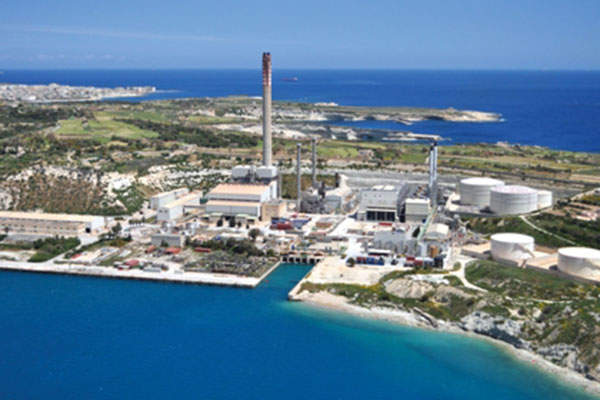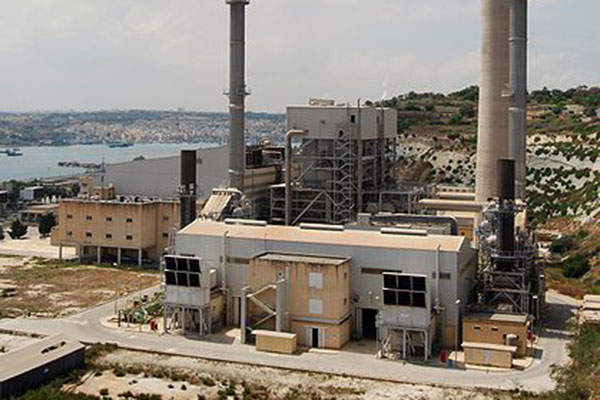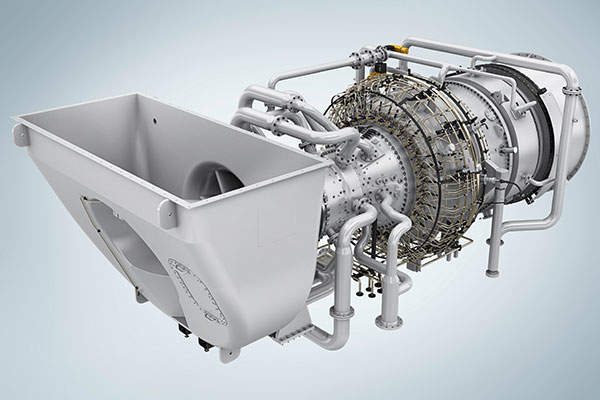The proposed liquefied natural gas (LNG)-to-power project in Malta involves the construction of a 200MW natural gas-fired combined-cycle gas turbine (CCGT), as well as receiving, storage and regasification facilities for LNG. It will be developed at the Delimara Power Station (DPS) site near Marsaxlokk in southeast Malta.
The Malta Environment and Planning Authority (MEPA) approved the €370m ($419m) project in March 2014.
Construction and installation of the CCGT and LNG facilities is expected to take 18 months to complete. Once operational, it is likely to meet approximately 50% of Malta’s electricity demand.
Enemalta, the state power utility of Malta, created Malta Power & Gas Limited (MPGL) as a special entity to own and operate the project.
LNG-to-power project details
The new gas-fired combined-cycle power plant is part of the Maltese Government’s initiative to switch to less expensive natural gas and reduce the dependence on heavy fuel oil for power production.
Natural gas will be supplied through the regasification unit, which will receive LNG from a floating storage unit (FSU) moored to a jetty. The regasification facility will be located on the southern tip of DPS, while the jetty will be situated to the southwest.
The FSU, which will be provided by SOCAR Trading on an 18-year lease, will be docked in Delimara, Malta, and is estimated to have a capacity of 125,000m³.
Regasified LNG from the regasification plant will be supplied to the CCGT plant and to Enemalta’s existing 149MW power plant at DPS. In addition, the power plant and LNG facilities are expected to share the existing infrastructure at DPS.
Design of the gas-fired CCGT
The 460MW Great Island CCGT power plant is located near Waterford Harbour in Great Island, Wexford County, Ireland.
It is anticipated that the plant will, at a steady operation, operate at base load and consume up to 1,467MMBTU of natural gas an hour.
It will use Siemens’ SCC-800 3x1C model and consist of three SGT-800 industrial gas turbines, three heat-recovery steam generators and an SST-900 steam turbine. The resulting exhaust heat from the gas turbines during power production will be fed into the heat recovery steam generators to produce steam.
The SGT-800 is a single-shaft gas turbine with 15 compressor stages and delivers a power output of up to 50.5MW in single-cycle operations. It is designed using simple and robust dual-fuel dry low emissions technology.
In addition, the gas turbines will feature an inlet air cooling system that is expected to absorb the required chilling power from the regasification of the LNG.
Transmission and sale of power at the Maltese power plant
Power generated by the CCGT power plant will be transmitted to the 132kV switchgear at DPS.
The project will have an 18-year gas sales period and supply power to Enemalta as part of a power purchase agreement.
LNG-to-power project contractors
The contract for the construction of the power plant was awarded to Electrogas Malta, a consortium consisting of GEM Holdings (30%), SOCAR Trading (20%), Siemens Project Ventures (20%) and Gasol LNG Import (30%).
A turnkey construction contract, valued at €175m (approximately $200m), was awarded to Siemens.
SOCAR Trading will supply the LNG and equipment for the regasification plant. J&P Avax, a company based in Athens, Greece, was awarded a €125m (approximately $143m) contract for the engineering, procurement and construction of an installation that will receive, store and regasify LNG for the plant.







